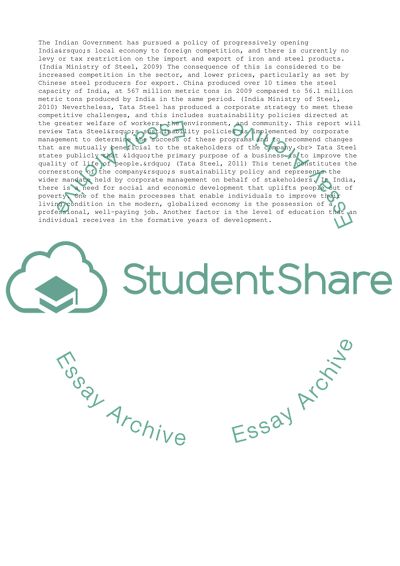Cite this document
(“Analysis Report Tata Steel of India Research Paper - 1”, n.d.)
Analysis Report Tata Steel of India Research Paper - 1. Retrieved from https://studentshare.org/business/1582413-case-study-tata-steel-of-india-change-management-report
Analysis Report Tata Steel of India Research Paper - 1. Retrieved from https://studentshare.org/business/1582413-case-study-tata-steel-of-india-change-management-report
(Analysis Report Tata Steel of India Research Paper - 1)
Analysis Report Tata Steel of India Research Paper - 1. https://studentshare.org/business/1582413-case-study-tata-steel-of-india-change-management-report.
Analysis Report Tata Steel of India Research Paper - 1. https://studentshare.org/business/1582413-case-study-tata-steel-of-india-change-management-report.
“Analysis Report Tata Steel of India Research Paper - 1”, n.d. https://studentshare.org/business/1582413-case-study-tata-steel-of-india-change-management-report.


